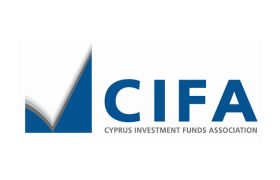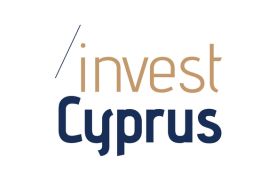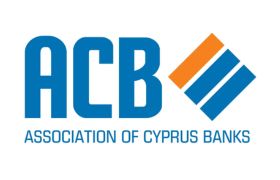Cyprus banking sector capital levels reached a historic high in 2019, placing Cypriot banks on a better footing to face the financial havoc wreaked by the coronavirus outbreak.
According to Central Bank of Cyprus (CBC) Key Aggregate Financial Indicators for the banking sector for Q4, 2019, Core Tier 1 Capital amounted to 17% from 16.6% in Q3, 2019 and 15.1% at the end of 2018.
This is the highest level of CET1 capital in the CBC’s time series that started in December 2010.
Solvency ratio in 2019 stood higher, amounting to 19.6% compared with 19% in Q3, 2019 and 17.5% in Q4 2018.
Cyprus banks’ CET1 ratio is expected to be negatively affected by record increased loan loss provisions due to the deteriorating macroeconomic climate as a result of the Covid-19 pandemic.
However, the banks were given significant capital released by the European Central Bank to absorb losses and to support the real economy.
“Debt repayment suspension implemented by the government until December 2020 will shield the banks from an increased flow of non-performing exposures this year but will spark an estimated NPL increase in 2021,” the CBC said in its July economic bulletin.
According to the data, liquidity in the Cyprus banking sector reached historic high levels, as deposits to Central Banks amounted to 24.7% of total assets from 22.9% in Q3, 2019 and 23.2% in Q4, 2018.
“This reflected the increase in confidence in the banking system, as well as the limited new loan origination due to the high levels of private-sector debt in Cyprus.”
Loans and advances continued their declining trend due to deleveraging amounting to 53.8% of total assets in Q4, 2019 from 54.6% in the previous quarter and 54.6% in December 2018.
Total operating income amounted to 2.6% of total assets in 2019, remaining broadly unchanged compared with 2.5% in Q3 and 2.3% in 2018, the CBC said.
Net Interest Income, a basic index of bank profitability, was 68.6% of total income in Q4, 2019, down from 70.9% in the previous quarter and 67.1% in 2018.
According to the CBC, operating income to total assets declined to 0.7% in 2019 from 0.9% in Q2, 2019 and remained stable compared with Q4, 2018.
Cost-to-Income ratio, a key index for a bank’s efficiency, reached 72.3% in 2019, marking an increase of over 6.4 percentage points compared with Q3, 2019 and was up by 2.3% on Q4, 2018.
The Cyprus banking sector Cost-to-Income ratio was mainly affected by a voluntary retirement scheme which took effect in the last quarter of 2019 by Bank of Cyprus, the island’s largest lender.
Source: Financial Mirror













